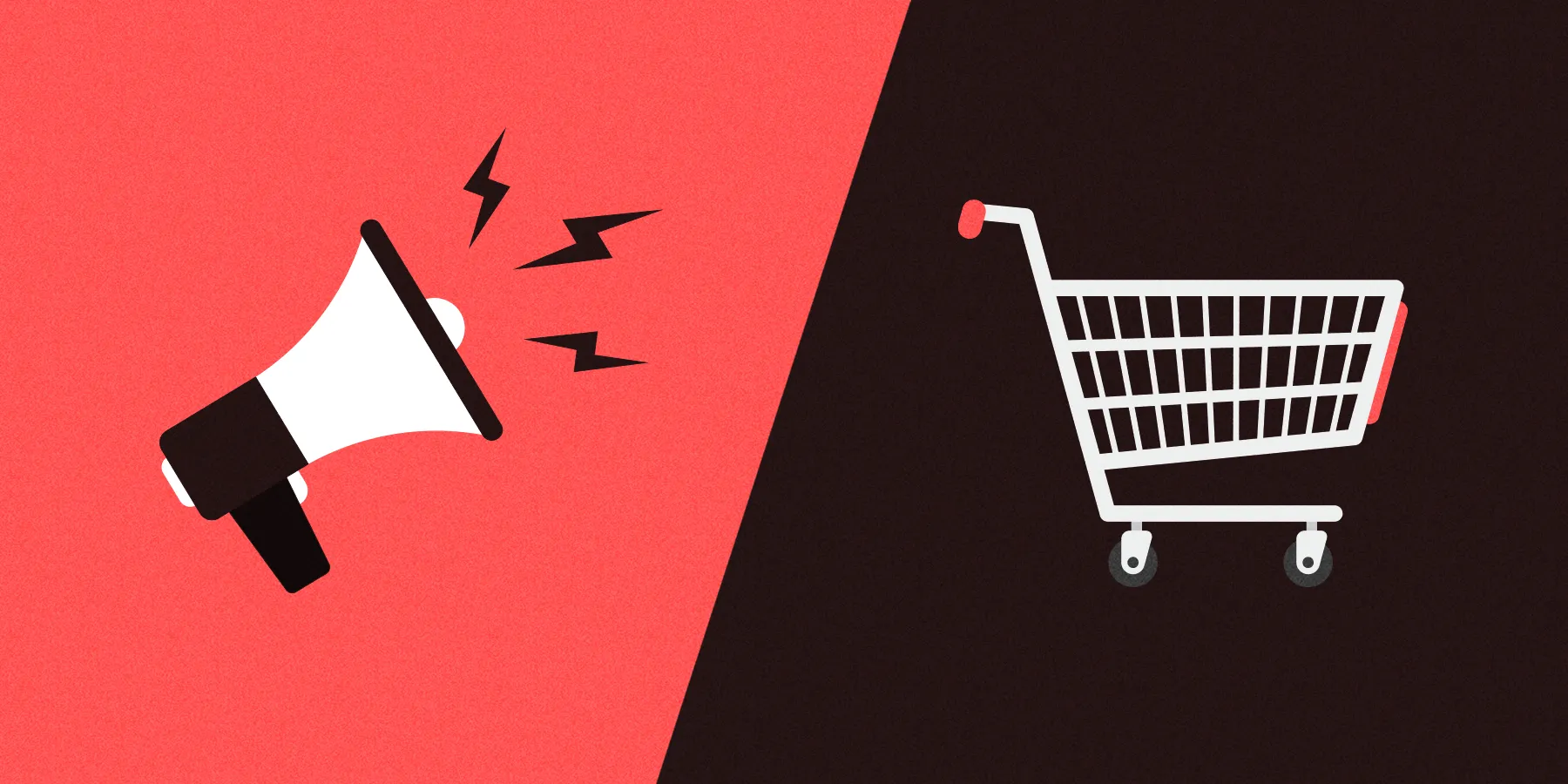
Commercial email is a crucial part of many brands’ marketing strategies. But what exactly are commercial emails? And what are some of the best practices to keep in mind when creating them?
Let’s dive in.
What is commercial email?
Commercial email is any type of email sent by a company to its leads or customers for marketing purposes. The goal of commercial emails is to keep recipients engaged and to get them to take an action such as reading an article, following the brand on social media, or buying something from its store.
Because of its promotional nature, commercial email must adhere to local and international regulations in regard to the sending of marketing messages. Commercial email can only be sent after a recipient has opted in to receive it.
Commercial vs. transactional email
Transactional emails contain information about a transaction or interaction the recipient has initiated. They are, for example, order confirmations, shipping confirmations, password reset emails, and electronic receipts.
The main differences between commercial and transactional email are:
| Commercial email | Transactional email |
| Includes non-essential information | Includes essential information |
| Recipients need to have opted in (given their consent) to receive commercial email | Recipients don’t need to opt in to receive transactional emails; their actions trigger the emails sent |
| Must adhere to the CAN-SPAM Act | Doesn’t need to adhere to the CAN-SPAM Act |
| Requires an opt-out link | Doesn’t require an opt-out link |
Examples of commercial email
Commercial email can take many forms. You can find a few of the most common types of commercial emails below, but keep in mind that in reality, commercial emails are often not as easily categorized. A newsletter can contain a new product announcement, while a sales announcement may also contain an invitation for the recipient to sign up for the brand’s rewards program.
Newsletters
Newsletters aim to keep subscribers in the know about what’s going on with your brand. They can contain:
- Links to your latest blog posts
- Employee profiles
- Tips and tricks for how to use your products
- Reports of events you’ve organized
- Customer interviews
Sales announcements
Sales announcements’ primary goal is to alert the recipient about a sale, discount, or other special offers they can benefit from. Examples of sales announcements include:
- Holiday promotions
- Clearance sale announcements
- Seasonal sale alerts
Loyalty program invitations
Inviting your subscribers to join your loyalty program is also a commercial act. After all, you want them to take an action (join your program) that will hopefully result in more sales for you.
These types of emails oftentimes focus on the benefits subscribers will receive by joining the program.
Event invitations
Webinars, in-store events, branded workshops, and Instagram lives are all types of events you can invite your subscribers to. Good event invitations tell the recipient what they’ll get out of attending. That could be:
- Learning a new skill
- Feeling part of the brand’s community
- Getting some free swag
- Being the first to try a new product
Product announcements
Product announcement emails include news about new product launches and alerts that certain products are back in stock. Their goal is to get recipients so excited about a specific product that they’ll want to click through to the store and buy it.
Commercial email best practices
Commercial email covers a wide range of promotional emails, yet there are a few best practices that apply to all of them that will help your emails get opened, read, and clicked.
Remain compliant
There are many local, national, and international laws nowadays that regulate how and when you can send commercial emails. Verify which ones apply to you depending on where your company and your audience are based. Then, make a list of the steps you need to take to be (and remain) fully compliant.
Nothing will shoot a hole in your email marketing ROI faster than a non-compliance fine.
Segment your list
Analyze purchasing behavior, click data, and other information you have about your subscribers to segment them so you can send them more targeted emails. The better you can play to what people are interested in, the higher your engagement will be.
Continuously A/B test
Keep improving your email marketing campaigns by continuously testing subject lines, body copy, colors, CTA buttons, images, and more. Create templates for different types of campaigns that act as the default for that campaign, and adapt them each time a new winner comes out of your A/B tests.
Make it responsive
Responsive email design should be the norm by now, but there are still companies that send their commercial emails as one big image that becomes illegible on a mobile device. You never know where your recipients will be checking their email, so check your design across multiple devices, browsers, and email clients to make sure it holds up.
Keep it accessible
Do you ever think about the people in your target audience who have an impairment? Are your emails optimized for them? Making your emails accessible is not just a nice thing to do. It allows you to reach a larger audience and prevents recipients from getting frustrated because they can’t fully interpret parts of your email.
Free email marketing toolkit
Commercial email allows you to keep subscribers engaged and your offers top of mind. That being said, it’s important to keep best practices in mind to limit your legal risk and ensure your emails get opened and elicit click-throughs.
But it doesn’t end there. If you want to take your email marketing to the next level, download our Ultimate Email Marketing Toolkit today and get ahead of your competition.